
What Fish Can You Catch in Marathon Florida?
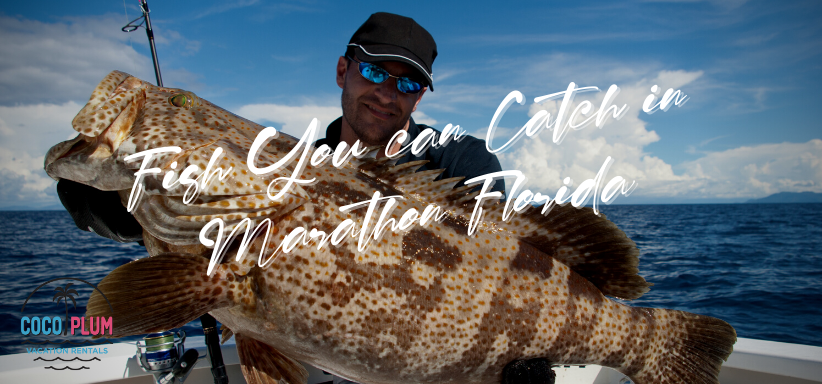
Marathon is the central city in a 10-mile 13 island community located in the middle of the 120-mile-long Florida Keys island chain, which ends on Key West. The Inner Marathon key islands include Deer Key, Knight's Key, Stirrup Key, Crawl Key, Little Crawl Key, East and West Sister's Island, Fat Deer Key, Long Point Key, Boot & Hog Key, and Vaca & Grassy Key.
Bahamians first settled on these islands in the early 1800s. Twenty years later, Mystic, Connecticut families built the first settlements in the Keys.
The Florida Keys have long been hailed as the perfect blend of deep blue Gulf water and the unpredictable Atlantic. The unique geography of Marathon, Florida, is the ideal place to learn to fish and offers thrilling challenges to experienced anglers.
Let's look at the various fishing methods and types of fish in Marathon Fl.
The first question a true angler always asks is, "what kind of fish can you catch around here?" And in most places, it's a short, familiar list.
But in the inner Florida Keys, since fishermen can choose from both Atlantic and Gulf of Mexico waters, the list is long, and there are a few names even seasoned fishermen may not have seen.
There are three types of fishing in Marathon, Florida — flats fishing, reef fishing, and offshore fishing.
Flat Fishing
The hundreds of miles of fishable shallow waters around Marathon are perfect for flats fishing. These flats are known to support a wide array of marine life, including shrimps, crabs, and other crustaceans and, of course, different game fish species, including permit, tarpon, snook, redfish, snapper, bonefish, barracuda, or sharks. You can also cast your line from a flat-bottomed boat or standing in shallow waters.
For some good laid-back flat fishing, try Oceanfront Park or Sombrero Beach. Sombrero is one of the most beautiful beaches in the Inner Keys and is ideal for surf-fishing.
Tarpon
.jpg)
Photo Credit: Matt Jeppson
The Silver King has many names, including the more generic Atlantic Tarpon. The Silver King is a feisty fish worthy of most sport fishermen. Marathon's recently restored infamous Seven Mile Bridge is the perfect place to cast, as fish tend to hang around the bridge year-round. And, it has been said that this area is some of the best tarpon fishing spots anywhere.
A bit more laid-back and family-friendly is the Bahia Honda State Park. The park offers space for the kids to run and incredibly shallow water angling for trout and tarpon.
Pompano
.jpg)
Photo Credit: The Floridian
The Pompano is a marine fish with a deep silvery body and rounded face. They prefer warmer seas and survive on a diet of shrimp, mussels, clams, crabs, and small baitfish.
A dining delicacy, these aristocratic fish congregate near Florida's beaches, coastal waterways, and inlets. Catching Pompano is challenging Florida Keys fishing and calls for a light hand and light tackle.
Snook
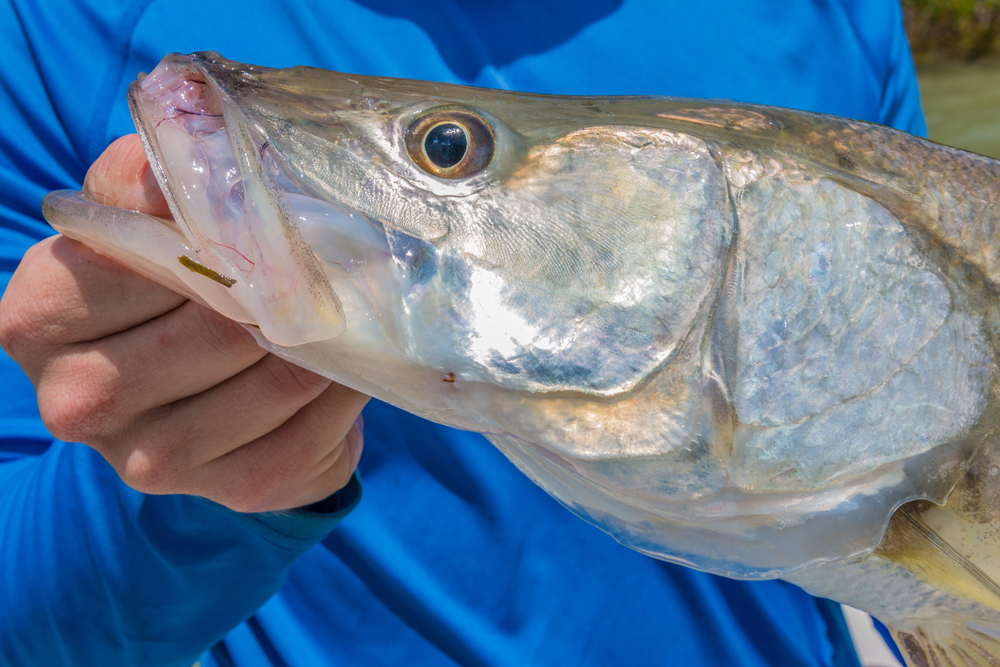
Photo Credit: Felipe I Santiago via Instagram
Snook is a large, edible game fish with small teeth and large gill plates found throughout the Caribbean. They are characterized by silver bodies, yellow-colored fins, and a single black stripe running horizontally across the body.
Snook, also known as sergeant fish or robalo, prefers warmer waters and is plentiful throughout the shallow waters of the Florida Keys. If you are shallow fishing in a boat or kayak, you might hook some snook.
Snapper
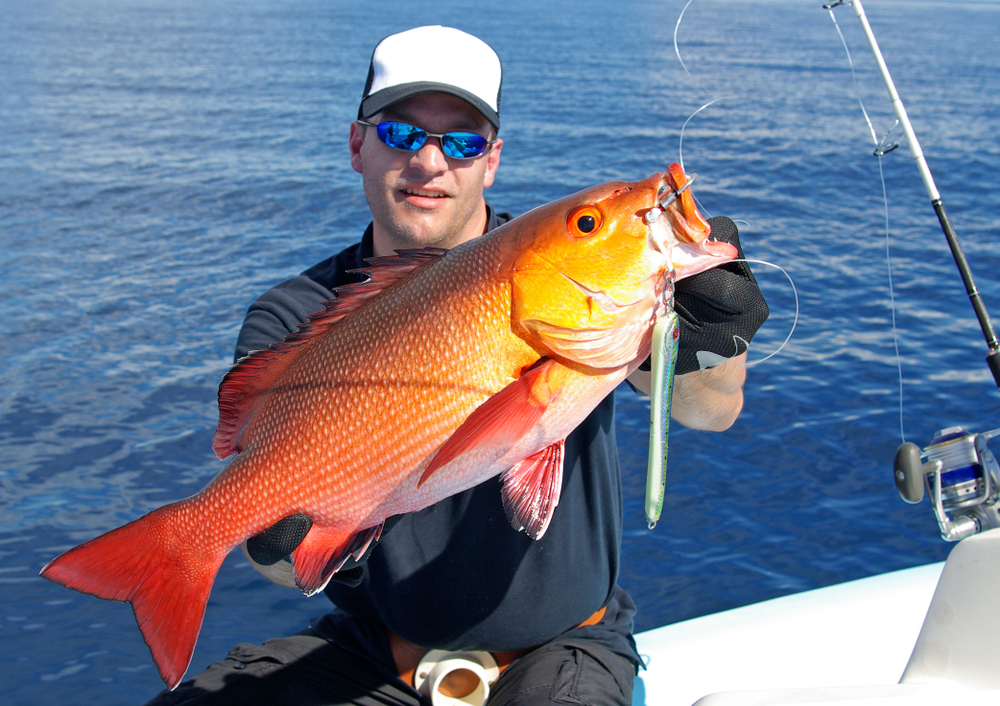
Photo Credit: Fabien Monteil
Snapper is a generic term for one of 113 edible species of fishes of the family Lutjanidae and is common in tropical waters. Some are marine species and prefer hanging around the sea bottom, coral reefs, and many shipwrecks throughout the Keys. The most recognizable is the Red Snapper. Snappers aren't picky.
Some snappers are freshwater. If this is your idea of good fishing, find a spot and cast out. Something is sure to bite.
Reef Fishing
Reef fishing will challenge any angler. The Gulf Inner "curve" of the Keys holds a fisherman's bountiful. Islamorada, north of Marathon, encompasses six Florida Keys and is known for pristine coral reefs. Islamorada is also near Florida Bay, the beginning of the Backcountry and the Everglades National Park (ENP). Perfect for shallow fishing trips, the backcountry water depth ranges from 3 feet to 7 feet.
Reef fishing is a great place to find yellowtail snapper, barracuda, kingfish, Spanish mackerel, and grouper. But the coral reef is fragile, and sustainable fishing is a must.
Barracuda
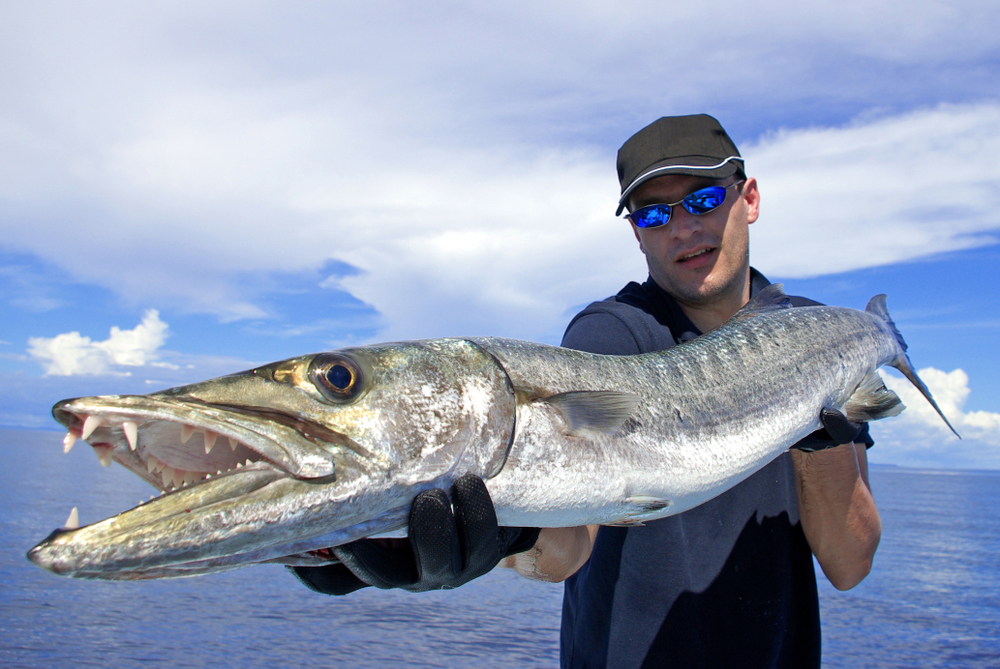
Photo Credit: Fabien Monteil
The Barracuda is a large, saltwater, predatory, ray-finned fish with a nasty reputation. Cudas reach 15 lbs and three feet in length and can swim at speeds up to 36 mph (58 kph). Identified by their silvery scales and dark vertical bars along their body.
Prized as a sport fish, they can be found anywhere, including the inshore, offshore, reefs, and wrecks around Marathon.
Kingfish
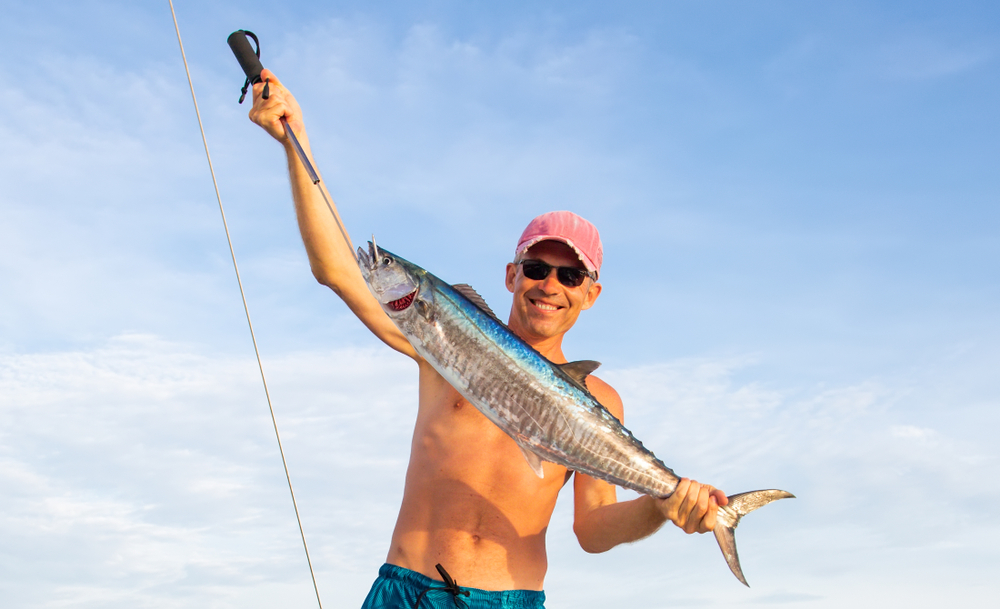
Photo Credit: Phuketian.S
The king mackerel or kingfish is a migratory species of mackerel found in the western Atlantic Ocean and Gulf of Mexico. Preferring warmer waters, they are plentiful around Marathon in inlets and harbors.
The larger kings grow up to 90 lbs and hover offshore. A prized trophy throughout the Gulf of Mexico, king mackerel are distant cousins of the wahoo, matching them in both speed and stamina.
Cobia
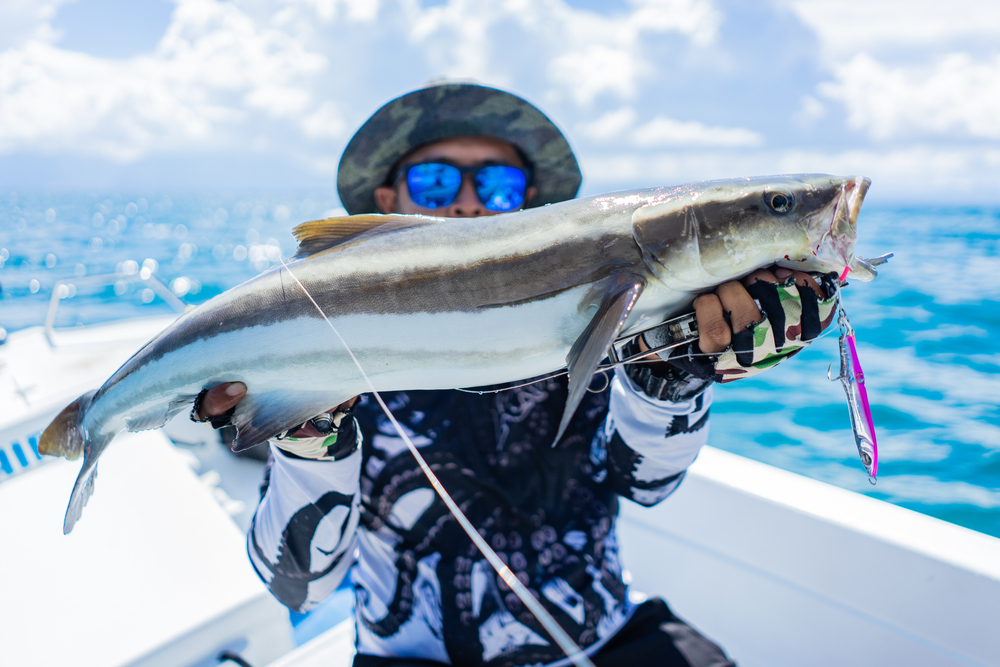
Photo Credit: MR.Surat Matcha
The cobia is a solitary fish, preferring reefs, wrecks, harbors, buoys. Also known as black kingfish, black salmon, codfish, and black bonito. The cobia has an elongated, fusiform body with brown grading to a white belly, a broad, flat head, and thrives in warm, open-water marine environments. Highly edible, the Cobia migrates, depending on the time of year, from Florida up the East Coast- summering in Massachusetts.
Amberjack
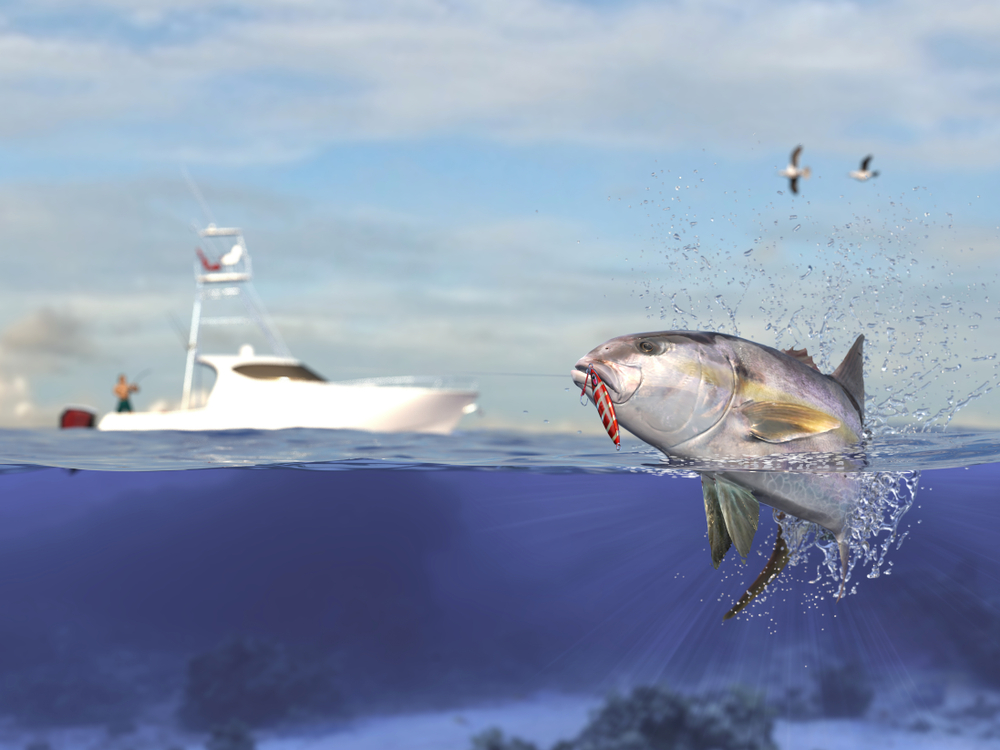
Photo Credit: bekirevren
The Greater Amberjack is a voracious predator, -- feeding on squid, fish, and crustaceans. They are found along rocky reefs, debris, and wrecks - 10 to 40 m.
Spanish Mackerel
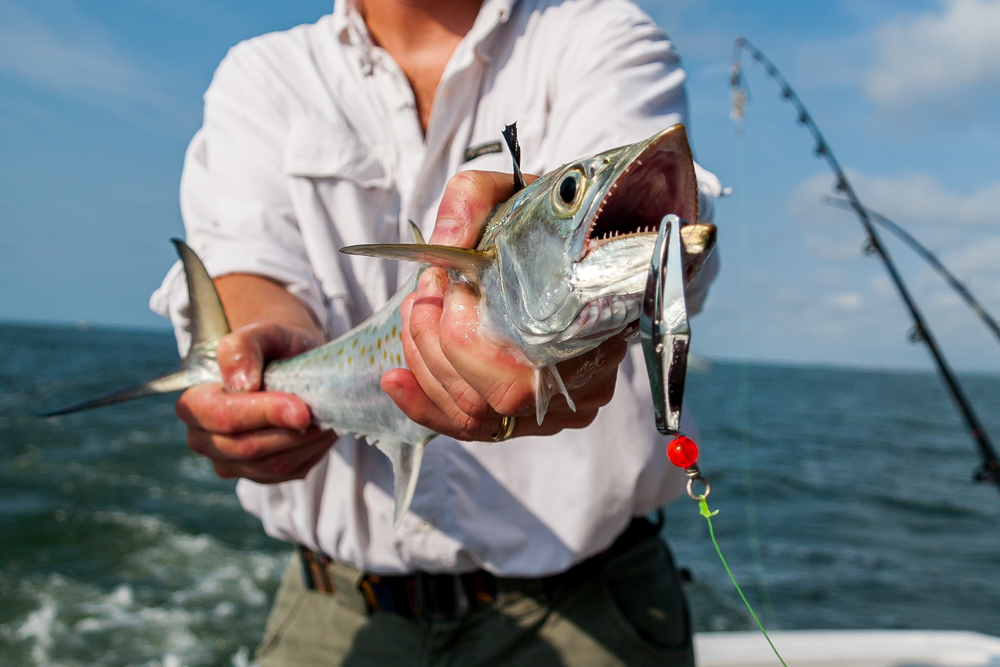
Photo Credit: BILD LLC
Spanish mackerel is highly edible and a good source of omega-3 fatty acids. However, most anglers seek it as a 120-pound, 6-foot long trophy fish.
Easily identified, it has a streamlined silvery body with a dark greenish top and yellowish oval side spots. It is often found on both coasts of Florida and the Gulf of Mexico.
Mangrove Snapper
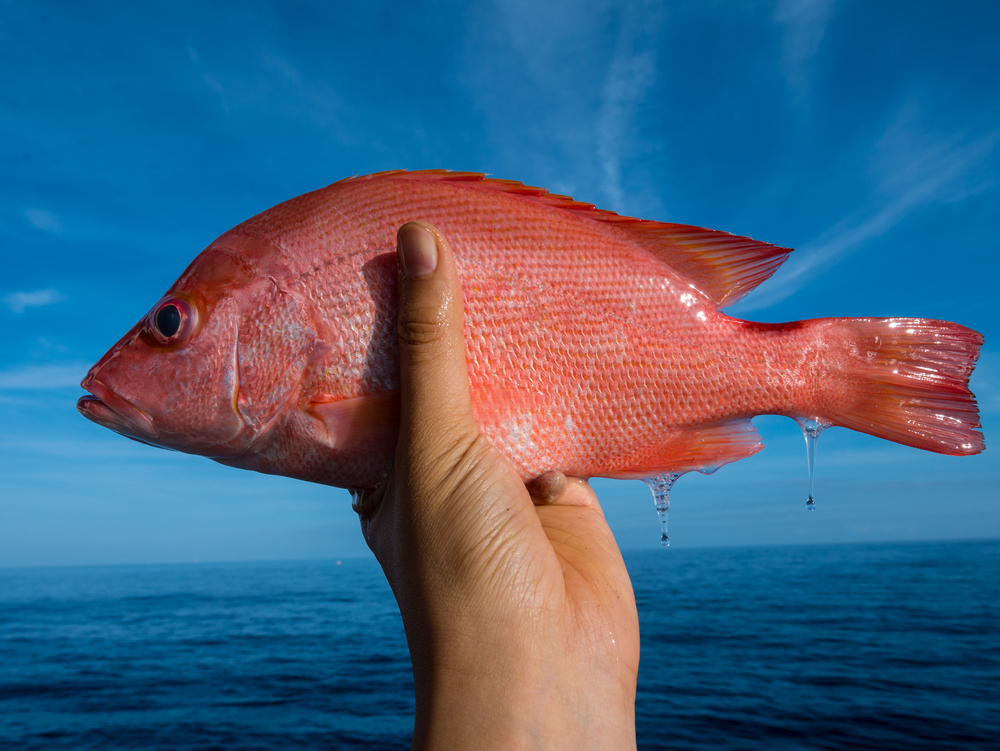
Photo Credit: James Jones Jr
The most common snapper species is the Mangrove Snapper. And is both commercially important and a prized game trophy. A few even make it to aquariums, although they grow quickly.
If reef snorkeling, you will probably spot Mangrove Snapper. It is typically greyish red, but it can change color from bright red to copper-red. It prefers shallower bottom structures or reefs-feeding on small fishes and crustaceans.
Grouper
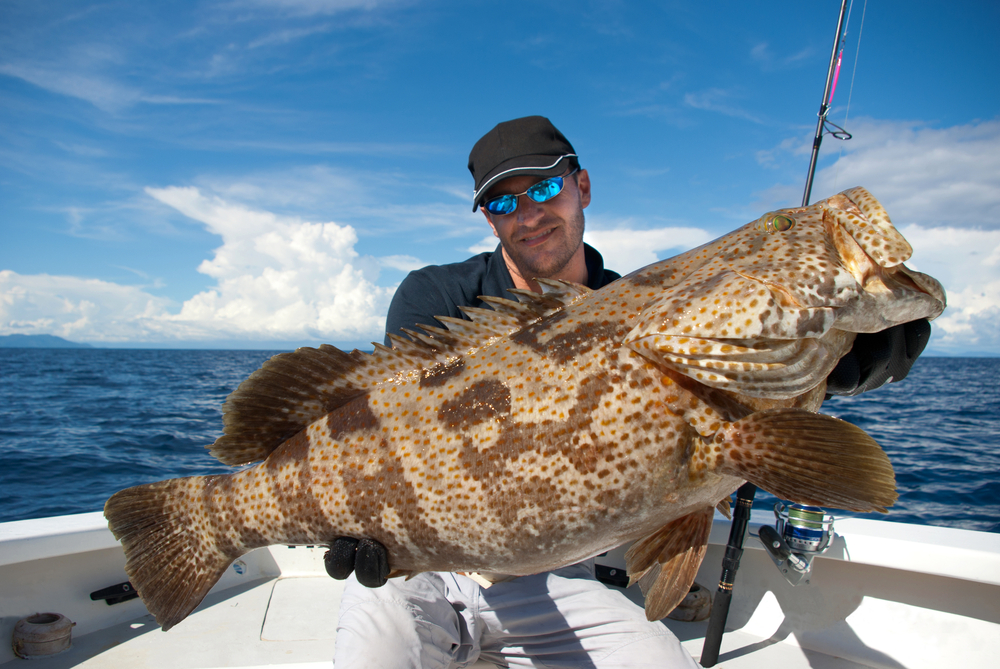
Photo Credit: Fabien Monteil
Groupers are a style of reef fish from several genera. They have stout bodies and gaping mouths with distinctive teeth-plates that would make an octopus cringe. The Gag grouper is sustainably fished in the eastern Gulf of Mexico.
Groupers hover and dart - often ambushing prey. The largest on record is 880 lbs and 11.5 ft. long.
Offshore Fishing
Opting for an offshore fishing charter is easy, with the Gulf and the Atlantic just a coin toss away. Marathon Florida fishing is characterized as Coastal pelagic, where fish inhabit sunlit waters up to about 655 feet deep, typically above the continental ledge. One of the area's best spots is The Marathon Hump – where the water reaches depths of 1,000 feet, perfect water for that record catch.
While in open waters, you might hook onto some blackfin tuna, mahi-mahi, sailfish, a bull shark, blacktip shark, or shortfin mako shark.
Blackfin Tuna
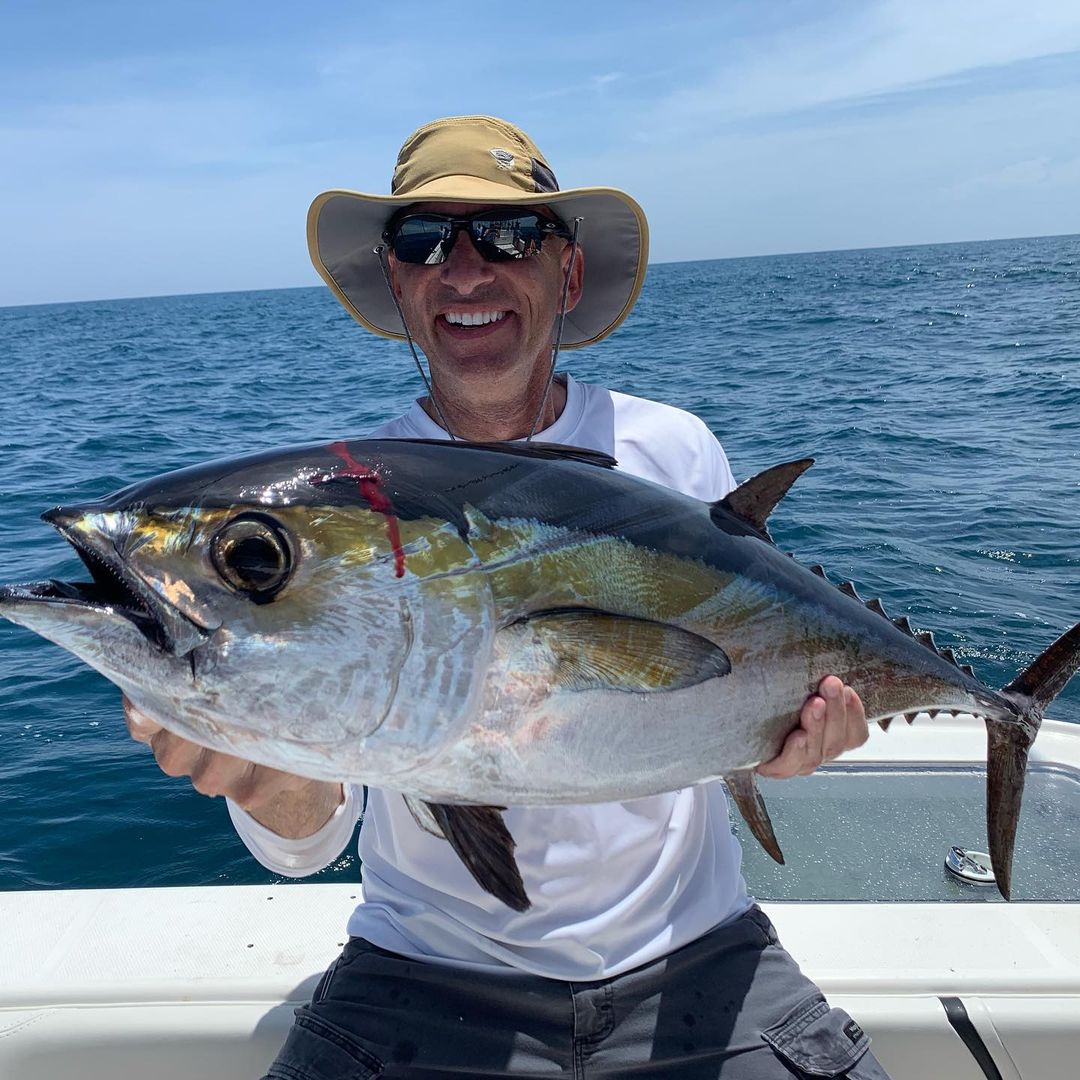
Photo Credit: sealeveler via Instagram
The blackfin Tuna grows to about four feet in length. It is easily identified by a dark-blue to black stripe across its back and a silver belly. Other Tuna family members found in the area include Yellowfin, Wahoo, Skipjack, and Mackerel.
The blackfin Tuna prefers deeper waters. The Marathon Hump, or "the hump," as locals call it, is a well-known hotbed.
Mahi Mahi
.jpg)
Photo Credit: MPH Photos
Every fisherman has deep-sea dreams. Experiencing hours in the fight, catching something unique. The Mahi Mahi, also known as dolphinfish, is a surface-dwelling ray-finned fish.
These fish are elusive, and they fight with unbelievable stamina. If you happen to hook a Mahi Mahi, hang on for the ride of your life.
Mutton Snapper
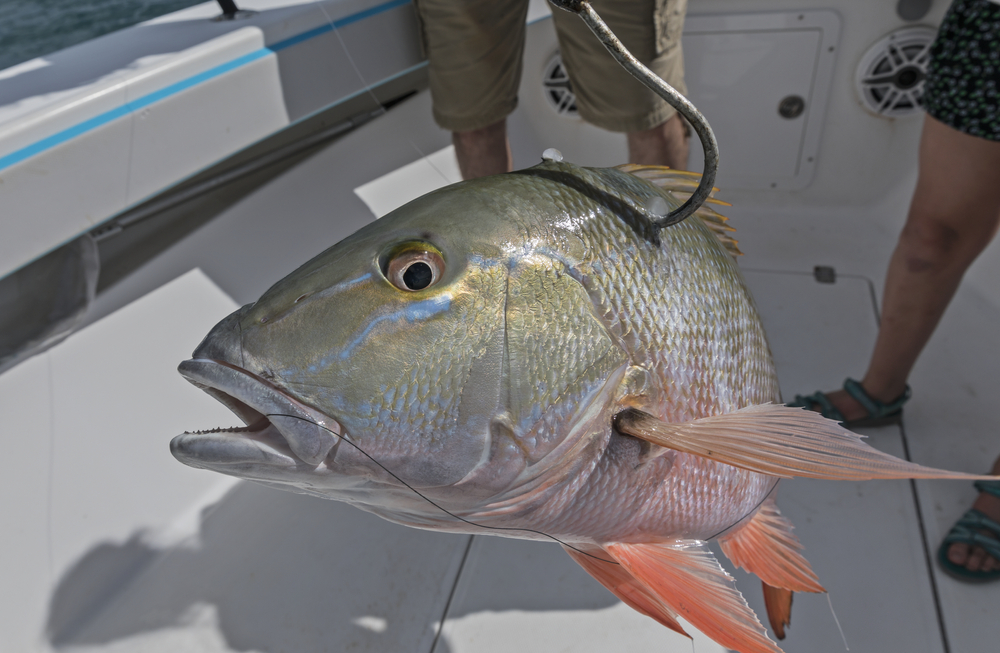
Photo Credit: Geofox
The Mutton Snapper is a predatory species that is highly edible -- crucial in recreational, commercial, and artisanal fisheries. Preferring clear, warmer waters - offshore reefs or rock rubble, the Mutton Snapper has a moderately deep, almond-shaped body, olive-green body, and blue eyes.
Live bait works best for Mutton Snapper, depending on the time of year. A deep-sea fishing charter can help you find the proper depth to land one.
Shortfin Mako Shark
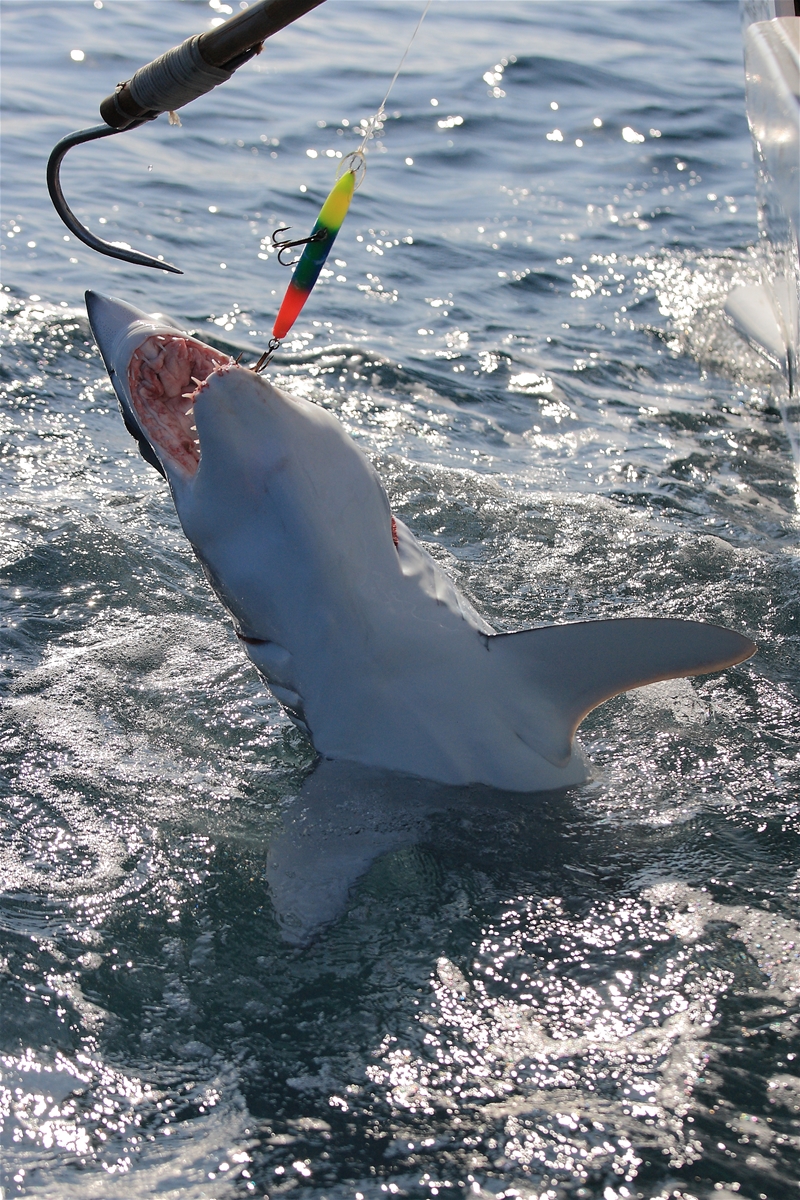
Photo Credit: Alessandro De Maddalena
The most common shark around Marathon is the Shortfin Mako Shark, although occasionally, a black tip or bull shark will swim into view.
The Mako is a highly edible mackerel shark and one of the most aggressive predatory sharks. Identified by its pointy snout and long gill slits. Its body is a dark blue to gray on the top part with blue-tinged metallic sides and a white belly.
Difficult to catch, it is sought as a game trophy. Popular techniques include throwing chum or high-speed trolling with a line of lures to attract the shark.
Sailfish
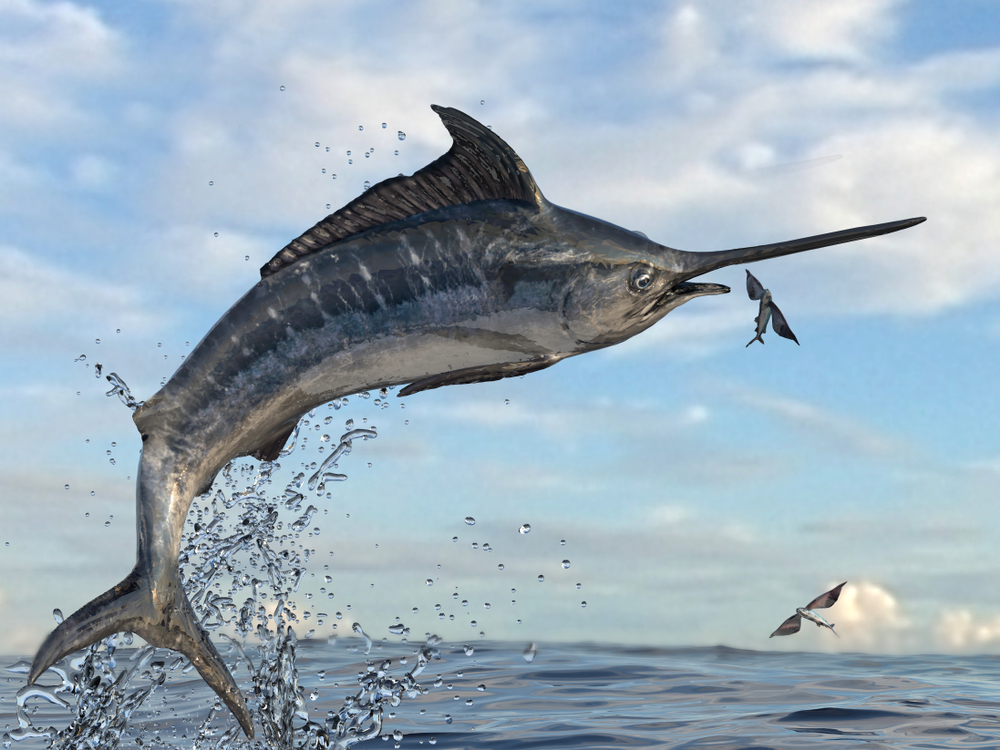
Photo Credit: bekirevren
Billfish are plentiful throughout the Gulf Stream, but the sailfish is the prize. Recognized as the fastest marine animal on Earth, these are incredible fighters who grow to 4 or 5 feet and average about 200lb. Their distinct retractible ridge and long bill resemble a Swordfish or Blue Marlin.
They prefer colder, deeper waters and can be found off of Marathon's shore. Marathon Florida offers sugar-white beaches, a tropical climate, and year-round fishing for dozens of marine and freshwater species. But, there are a few species on the 'off-limit' list, and marine protection is vital for the areas around Marathon, Florida, and the Florida Keys.


